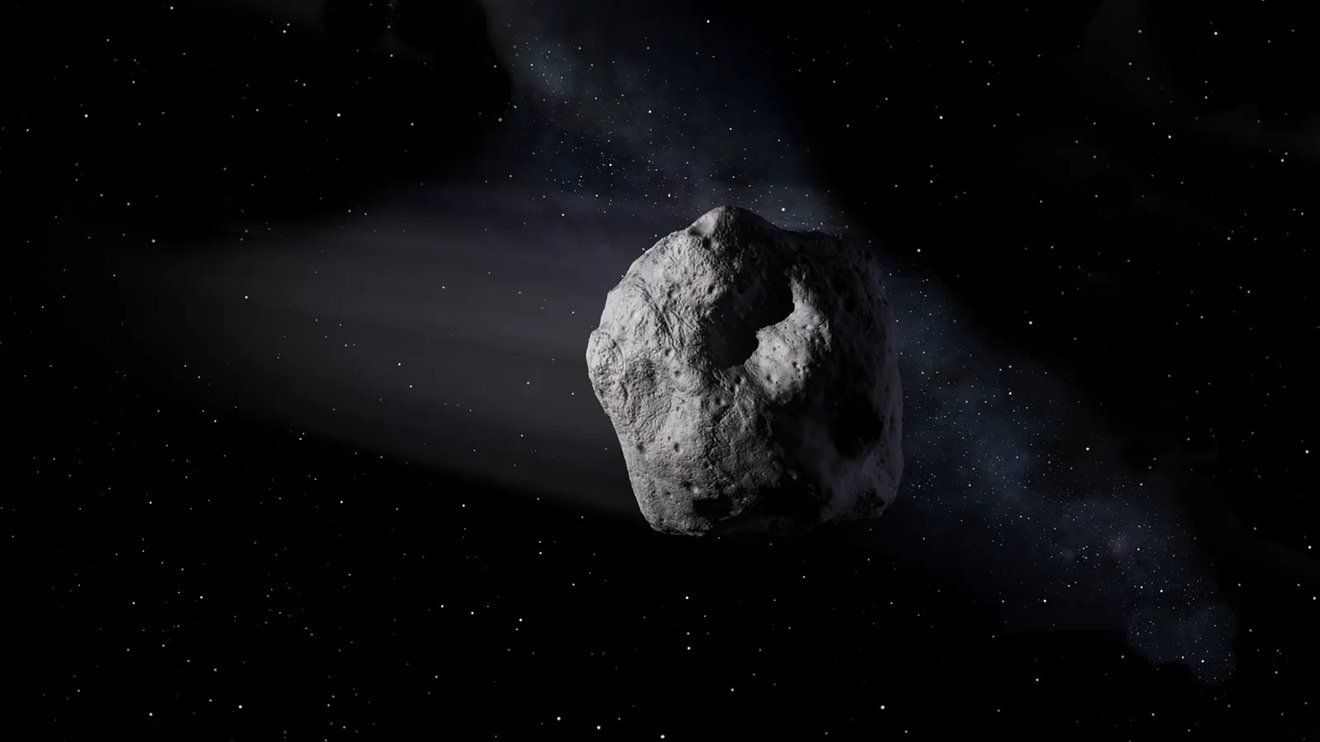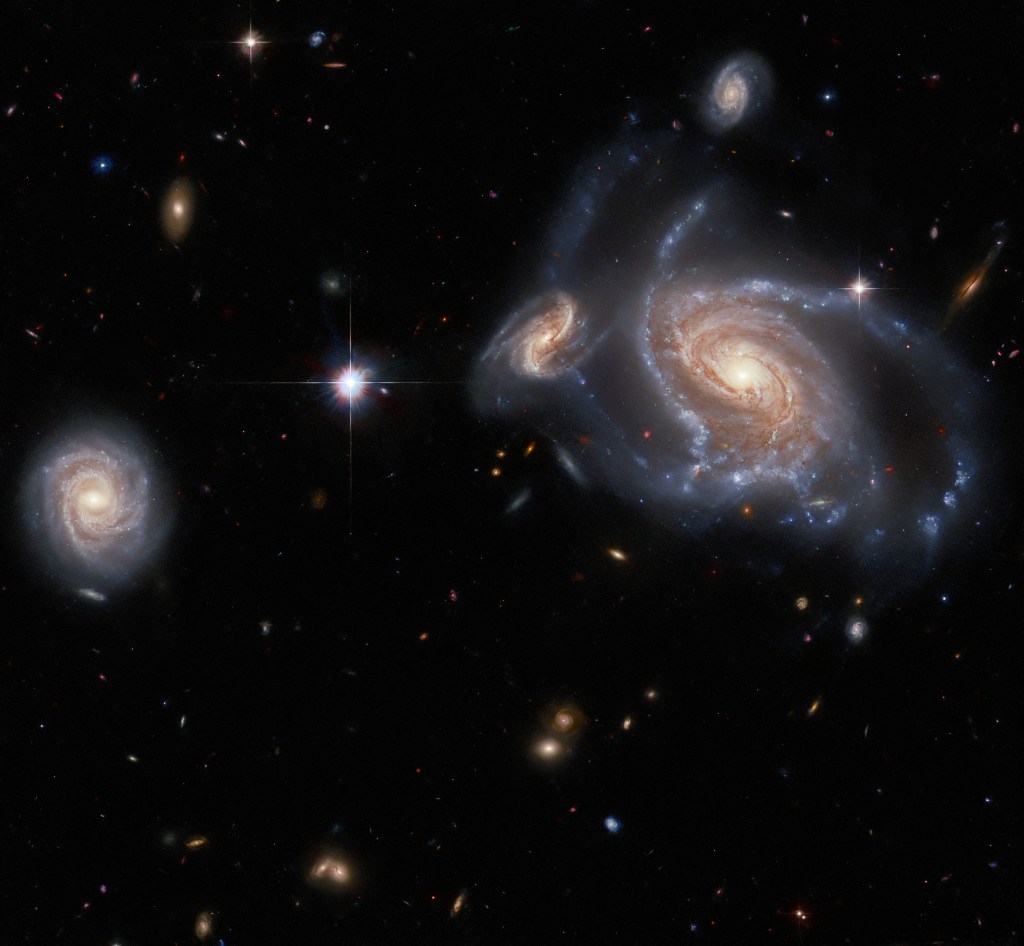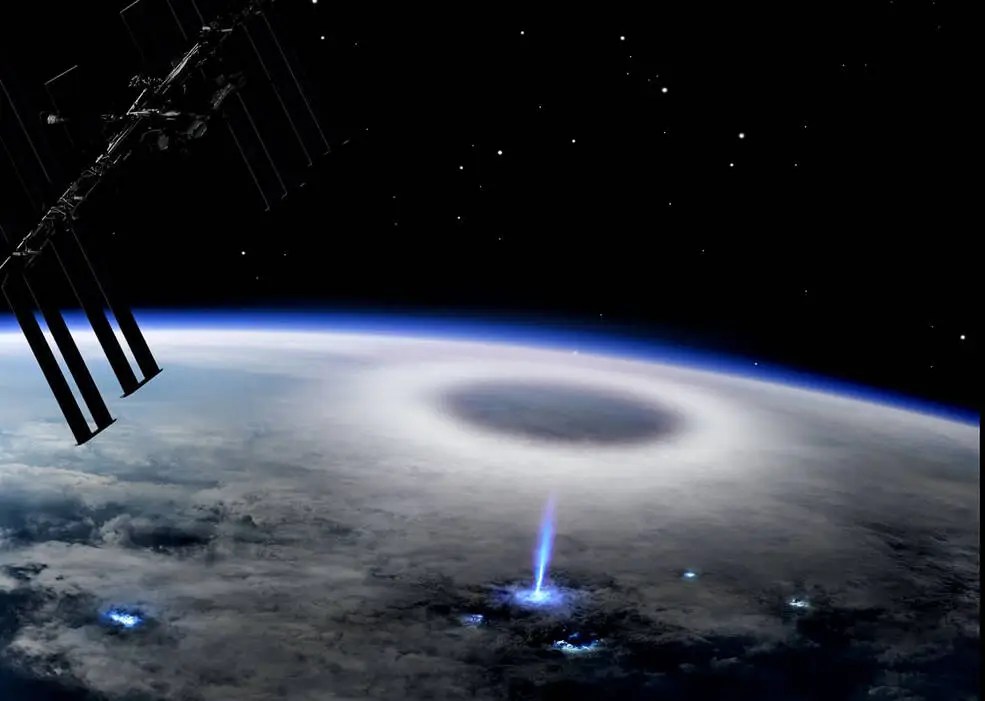Spots on Janus
| PIA Number | PIA07529 |
|---|---|
| Language |
|
This close-up look at Saturn’s moon Janus reveals spots on the moon’s surface which may be dark material exposed by impacts. If the dark markings within bright terrain are indeed impact features, then Janus’ surface represents a contrast with that of Saturn’s moon Phoebe, where impacts have uncovered bright material beneath a darker overlying layer. Janus is 181 kilometers (113 miles) across.
Janus may be a porous body, composed mostly of water ice.
This image was taken in visible light with the Cassini spacecraft narrow-angle camera on May 20, 2005, at a distance of approximately 357,000 kilometers (222,000 miles) from Janus and at a Sun-Janus-spacecraft, or phase, angle of 6 degrees. Resolution in the original image was 2 kilometers (1 mile) per pixel. The view was magnified by a factor of two and contrast-enhanced to aid visibility of the moon’s surface.
The Cassini-Huygens mission is a cooperative project of NASA, the European Space Agency and the Italian Space Agency. The Jet Propulsion Laboratory, a division of the California Institute of Technology in Pasadena, manages the mission for NASA’s Science Mission Directorate, Washington, D.C. The Cassini orbiter and its two onboard cameras were designed, developed and assembled at JPL. The imaging team is based at the Space Science Institute, Boulder, Colo.
For more information about the Cassini-Huygens mission visit http://saturn.jpl.nasa.gov . The Cassini imaging team homepage is at http://ciclops.org .
Credit: NASA/JPL/Space Science Institute























